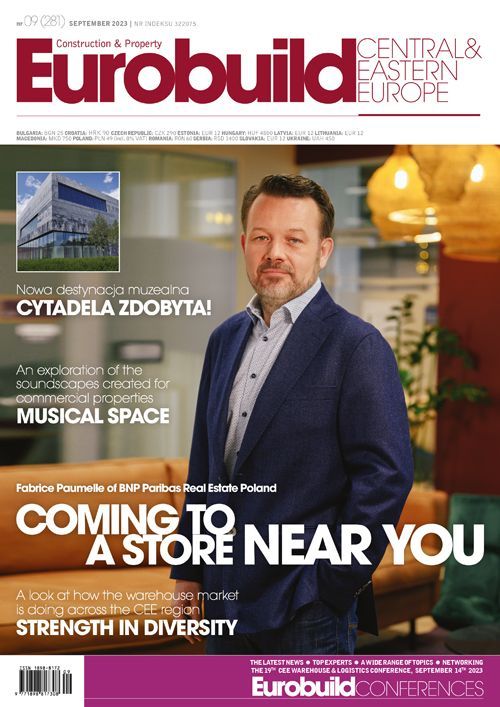We are speaking right now in Lixa, an office complex developed by Yareal in Warsaw’s Wola business district. The last two buildings will be ready in a year. What are your predictions for the state of the market at that time?
Marta Zawadzka, the leasing director of Yareal: We are aiming to take advantage of the future supply gap that’s set to result in rising rents and more competitive office projects. This would also certainly prompt potential tenants to make decisions more quickly – and already this year we have been signing contracts for 2024. The Lixa E building is already half leased. A number of large new projects have been announced for 2025, which will mean much greater supply and a more interesting range of offices for tenants to choose from. I think that over the next few years, the development of the market will take on the form of a sine wave. Right now we are at the bottom and we should see a gradual upturn in 2024. However, the year after that will see t































































